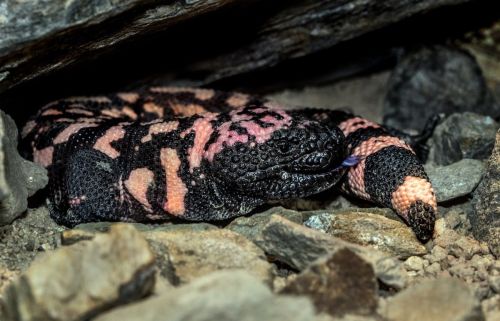Ernest Hemingway, one of the most outstanding writers of the 20th century, was a “citizen of the world” who, although he spent most of his life outside the United States, always looked at the world through the eyes of an American. He belonged to the so-called Lost Generation of American writers who grew up during World War I, and his work dealt with themes typical of that generation. His prose is poor in stylistic means. It is simple, yet emphasizes the richness of his inner world based on his personal experiences, shaped by his skills as a journalist. Hemingway was a very active man, taking part in many events of the world, benefiting from extreme experiences gained in wars, on safari, at sea, and wherever something was happening. A four times husband, father of three sons, and a great lover of cats.












